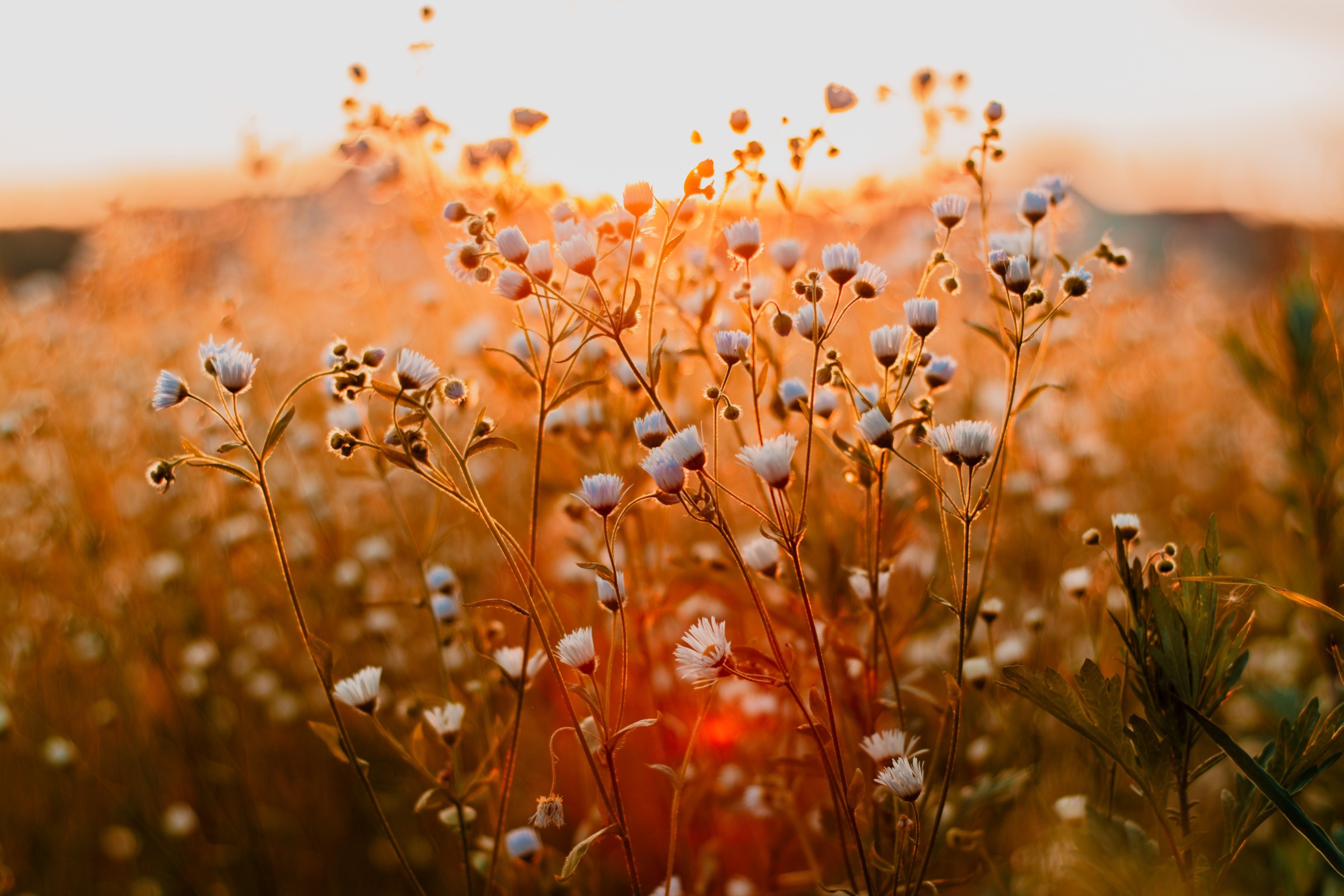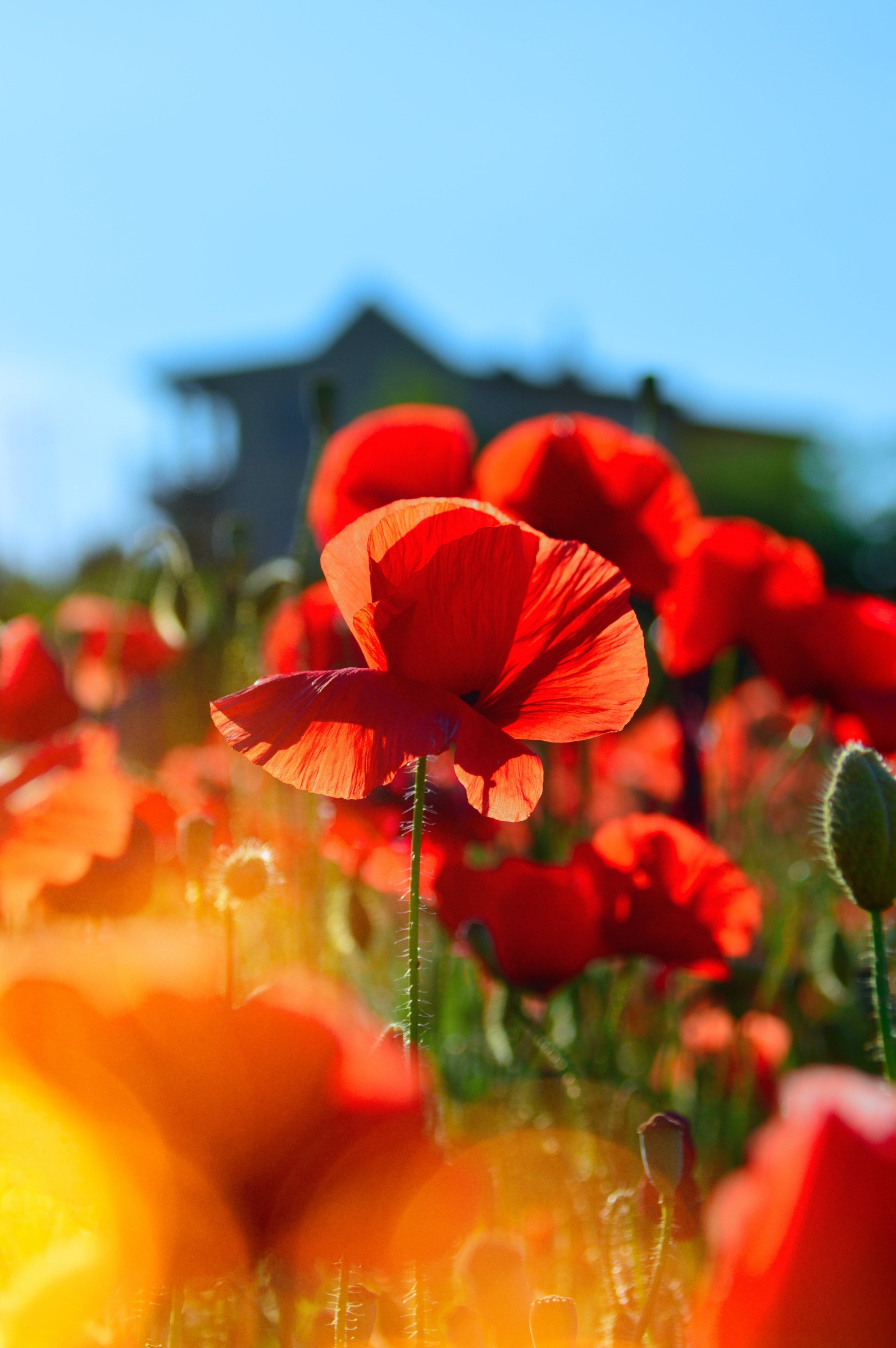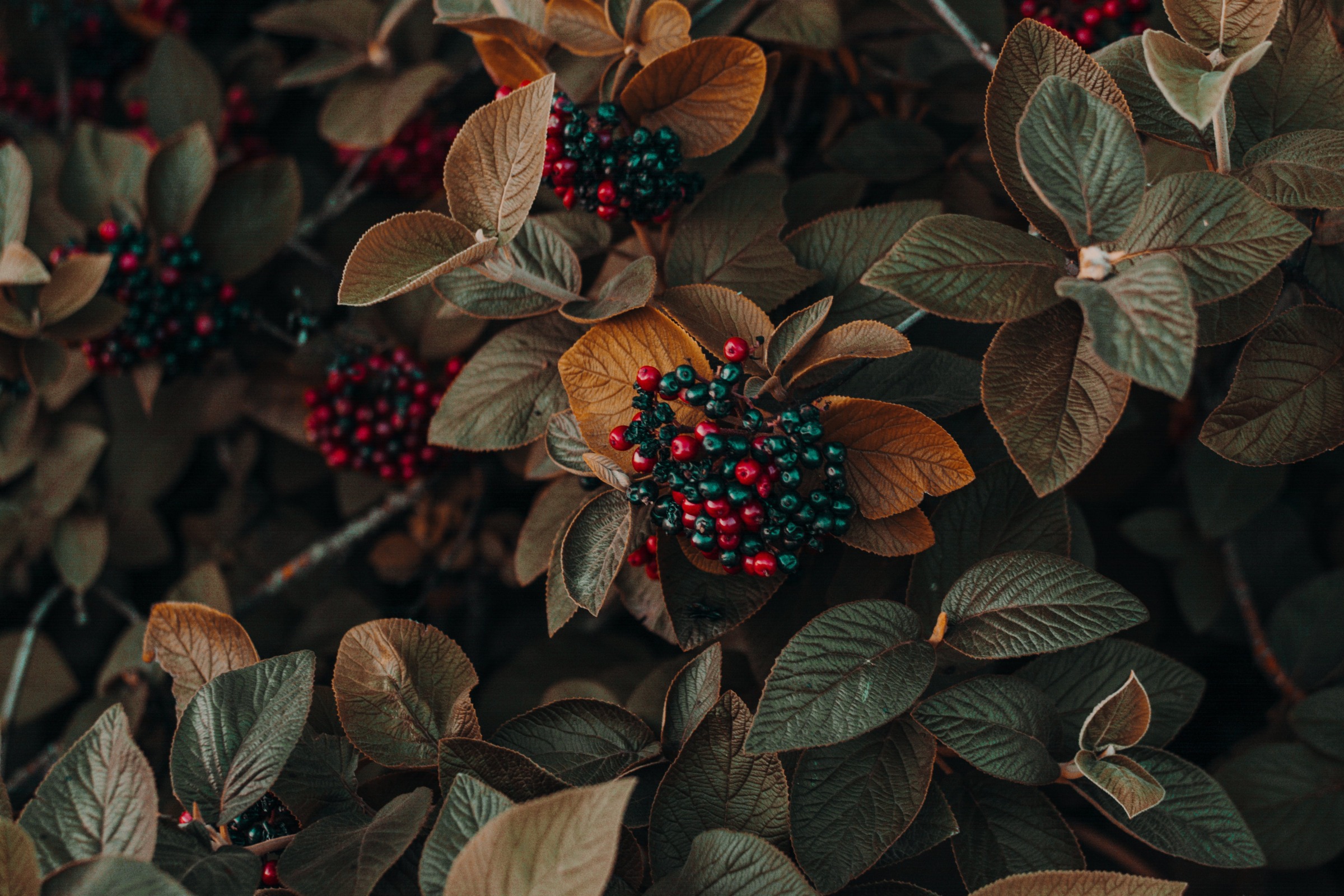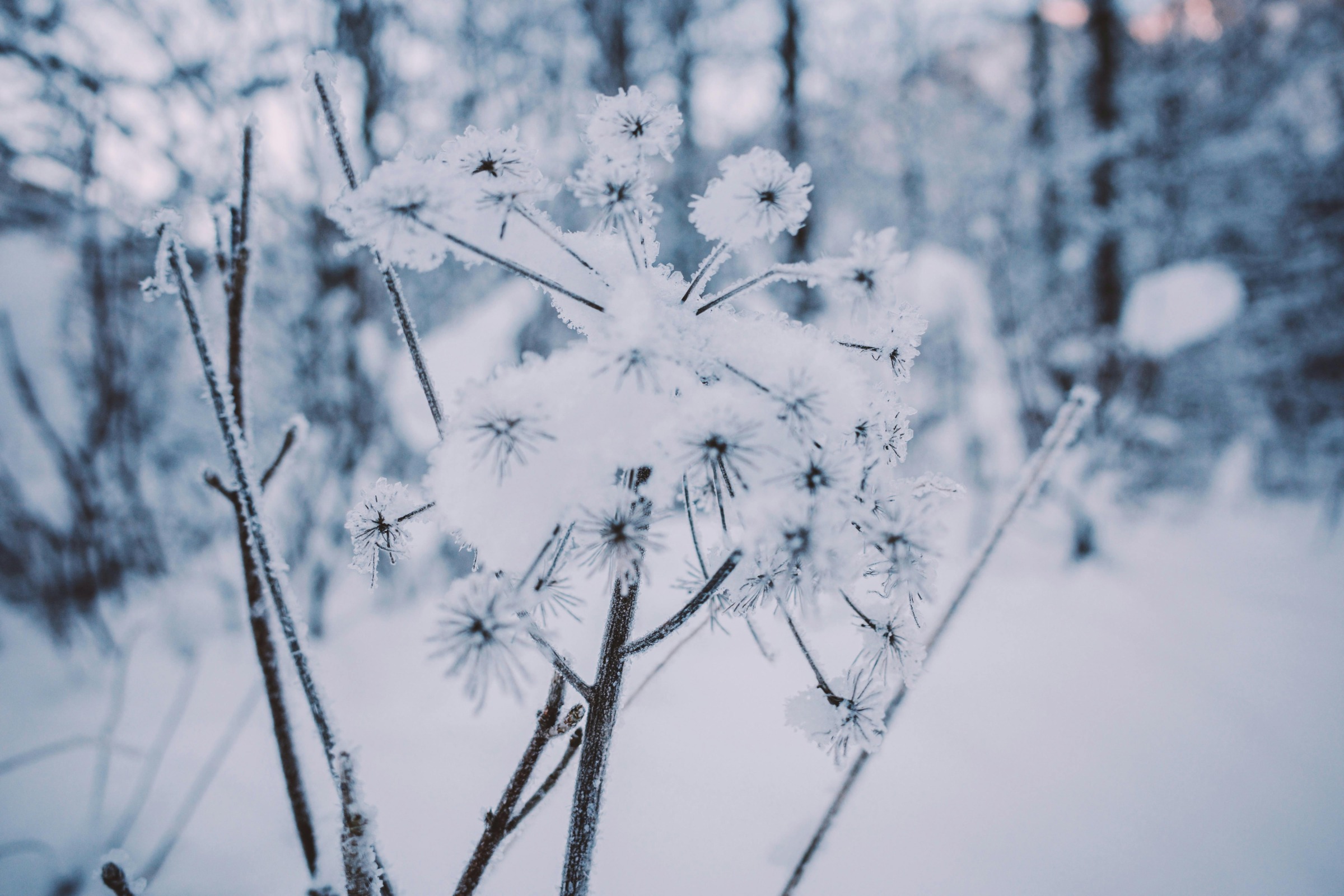“Elephant ears” is the common name for a group of tropical perennial plants grown for their large, heart-shaped leaves. Most of these herbaceous species in the arum or aroid family (Araceae) that are offered as ornamentals belong to the genera Colocasia, Alocasia, and Xanthosoma, although there are others that have similar appearance and growth habits.
The first two genera are native to tropical southern Asia, Indonesia, Malaysia, New Guinea, parts of Australia, or the Pacific Islands, while Xanthosoma is native to tropical America. Many of the species have long been grown for the edible starchy corms or tubers as an important staple food in tropical regions.
The leaves are edible, but they (and all parts of the plant) contain needle-like crystals of calcium oxalate which are a skin irritant, so they must be cooked first.
One of the most widely grown species is C.esculenta, called taro and many other common names. It has been cultivated in Asia and Polynesia for thousands of years, with over 200 cultivars selected for culinary or ornamental characteristics. This species naturalizes readily in wetlands in mild climates and is considered an invasive species along the Gulf Coast.
In the Midwestern garden these plants are grown for their flat sagittate (arrow- or heart-shaped) leaves that often have prominent veins. In their native habitat the smooth, waxy leaves will grow 3 feet long and 2 feet wide or more (depending on the species) but they tend to be much smaller when grown as a seasonal plant.
The leaves are held on the end of long, thick, succulent petioles coming directly from the underground corm. The petiole attaches near the center of the lower surface of the leaf (peltate) and the leaves are held perpendicular to the upright petiole with the leaves facing upward or outward.
The leaves of Alocasia and Xanthosoma are usually not peltate and are held more upright. These plants generally grow from corms (commonly called bulbs, although they are not true bulbs),
but some types also produce long, slender stolons (above ground runners), and others do not form corms. The lumpy corms with rough ridges have a brown skin and a white or pink interior. Some types of elephant ears also produce smaller tubers or “cormels” (also called “eddos”) which grow off the sides of the main corm. Although elephant ears are grown primarily as foliage plants, they can bloom – but flowers are not common in the Midwest. The inflorescences are the typical aroid type with a white to yellow or light green spathe surrounding the spadix. They can be large, fragrant and attractive, but are normally hidden underneath the foliage. Fruits are globular green or yellow berries containing several seeds.
The standard emerald green C. esculenta, with a matte finish, used to be about the only type of elephant ear available to Midwestern gardeners, but over the past couple of decades breeding programs have produced a lot of new ornamental varieties. They vary in size from 8 inches to over 9 feet, but most are in the 3 to 5 foot range. Some of the many interesting cultivars available include (C. esculenta unless otherwise noted):
‘Coffee Cups’ (sometimes incorrectly called ‘Tea Cups’) – is a vigorous hybrid with smaller leaves on very tall dark petioles with the blades folded upward to form a cup-shape.
‘Hilo Beauty’ – is a small variety (about a foot tall) of Alocasia with irregular yellow or cream flecks on the dark green leaves.
‘Illustris’ (imperial taro, var. antiquorum) – has dark green matte leaves with a purple to black luster and bright green veins and petioles. The plants spread by underground runners. Color is more intense in bright light, but the leaves are never as dark as ‘Black Magic’ or many other black varieties.
Use elephant ears to add a bold, tropical look to the landscape in borders, mass plantings or in containers. These fabulous foliage plants add dramatic contrast with both the size and color of the leaves and their form. They combine well with other tropical plants such as bananas, castor bean, colorful caladiums,
Chinese hibiscus and mandevillea, but they also provide wonderful textural contrast with more typical temperate bedding plants, ferns, or ornamental grasses. Pair dark-leaved varieties with any white, yellow, or orange-flowering plant for vivid contrast. The clumping varieties have an attractive vase shape so a single plant can provide an interesting focal point in the garden when planted in the midst of low-growing annuals such as petunias or begonias. Add them to large aquatic containers in combination with papyrus and water lilies or keep them in individual containers to mix and match with other plants on a deck or patio.
Many types of elephant ears can be grown in partial shade, but the darker colored varieties are best grown in full sun. All need rich, moist soil and nearly all are perfect at the edge of a pond. Most can be grown in a few inches of standing water, and can be added to water gardens as emergent plants (the roots in water and with the soil just covered with water, but the plants not submerged).
These tropical plants grow best in warm temperatures and high humidity. They may languish in Midwestern gardens until warm summer conditions begin, and they will also falter when temperatures drop below 50F for prolonged periods of time.
The plants continually produce new leaves throughout the growing season. The older leaves that gradually die off can be removed to keep the plants looking tidy. Be sure to consider the potential for the elephant ear to shade out smaller plants as they grow when you choose a planting location in the spring.
Although they can be grown from seed, to grow large elephant ears, start with a large bulb or rooted plant (many of the newer cultivars are only offered as tissue cultured plants that have not formed bulbs yet). It will take a few weeks for the first leaves to appear from the bulb. These frost-tender perennial plants are best started indoors, potting up the bulb in March, placing the top of the bulb close to the soil surface, and keeping it in a warm location until it is planted outside when the weather warms up, usually in late May or early June.
Provide copious water and fertilizer as the plants grow, especially for those in containers, as they are heavy feeders. For plain green-leaved elephant ears, you can purchase taro (also called coco yam) root in Asian grocery stores and grow it instead of eating it (if the corms haven’t been treated with something to prevent growth).
Elephant ears can be grown as annuals, starting with new plants each year, or may be kept over the winter (most are hardy only to zone 8). Plants that have formed bulbs can be dug, dried and stored like cannas or dahlias after frost has killed the foliage. Illustris with other tender annuals. Alocasia x amazonica ‘Poly’
Those without bulbs are harder to keep indoors, although it may be possible to keep them going as houseplants if kept in a warm, bright location. It is best to bring plants to be kept as houseplants indoors before temperatures get into the 30’s. Cut back all but the top two leaves and keep at room temperature in bright light. Keep plants on the drier side when they are semi-dormant and resume regular watering and fertilizing when growth resumes in the spring. – Susan Mahr, University of Wisconsin – Madison
Elephant ear plants are known for their huge, heart-shaped leaves that resemble the ears of elephants These tropical beauties can transform any garden with their bold, exotic flair. But did you know there are actually many different types of elephant ear plants? Keep reading to learn all about the various elephant ear varieties and how to grow them successfully.
What Are Elephant Ear Plants?
Elephant ear is a catchall term used to describe plants from several tropical plant genera, including Colocasia, Alocasia, and Xanthosoma. They are native to tropical parts of Asia and the Americas.
While the leaves can vary in size and color, all elephant ears have large, often heart-shaped foliage borne on long, robust stems. The leaves may be solid green or variegated, and some types have striking black, purple, or burgundy tones.
In the right growing conditions elephant ear leaves can grow truly enormous, up to 3 feet long and 2 feet wide! But smaller varieties are available too.
These tropical beauties thrive in warm, humid environments and make excellent container plants. They also add drama to water features and garden beds in zones 9-11.
Main Types of Elephant Ear Plants
There are hundreds of elephant ear varieties but most fall into three main genera
Colocasia
This is the most common and widely grown type of elephant ear. Colocasia esculenta, also called taro, is heavily cultivated as a food crop.
Colocasia leaves typically point downward and prefer full sun. They need consistent moisture. Popular varieties include Black Magic, Black Stem, Diamond Head, Hawaiian Punch, and Mojito.
Alocasia
Alocasias are another popular group, better suited to partial shade. The leaves point upward and the plants require well-drained soil. Some popular Alocasia varieties are African Mask, Kris Plant, Black Velvet, and Frydek.
Xanthosoma
This genus contains fewer ornamental varieties. Xanthosomas need very warm growing conditions, limiting their cultivation in the U.S. Two attractive choices are Lime Zinger and Lindenii.
Growing Tips for Elephant Ears
-
Site elephant ears in full sun to partial shade, depending on the variety. Most like at least 6 hours of direct sun.
-
They require warm temperatures, ideally 70-85°F. Consider growing in containers you can move indoors in winter.
-
Rich, moist soil is ideal. Add compost or manure to planting beds. Container plants need frequent watering.
-
Fertilize regularly during the growing season for best results. Time-release fertilizer or monthly liquid feedings work well.
-
Mulch plants to retain soil moisture. This helps prevent wilting.
-
Stake tall varieties if needed. Floppy, damaged leaves detract from the beauty of elephant ears.
-
Divide overcrowded clumps every 2-3 years in spring after new growth emerges.
-
Propagate by dividing rhizomes or tubers. You can also start new plants from cuttings.
Popular Elephant Ear Varieties
Now let’s take a closer look at some of the most popular elephant ear varieties and their specific growing needs:
Colocasia esculenta (Taro)
This fast-growing elephant ear can reach 5-6 feet tall or more. Large, heart-shaped green leaves make a tropical statement in the garden. Provide full sun to partial shade and keep soil consistently moist. Grow as an annual in zones 8-11.
Colocasia ‘Black Magic’
One of the darkest varieties, Black Magic has dramatic bluish-black leaves that contrast beautifully with other colors. Grows 3-5 feet tall. Site in full sun with ample moisture for best leaf color.
Colocasia ‘Mojito’
Variegated foliage in shades of black, blue, and lime green gives Mojito a bold, artistic look. Typically grows 2-3 feet tall. Needs full sun and moist soil. Makes a great container specimen.
Alocasia ‘African Mask’
A popular houseplant, African Mask has huge arrowhead leaves that can reach 2 feet long. Provide bright indirect light indoors along with warm temps and high humidity. Plants grow larger outdoors, reaching 3+ feet tall in zones 10-11.
Alocasia ‘Black Velvet’
One of the most coveted elephant ears, Black Velvet has deep blackish-purple leaves with a velvety sheen. A compact grower under 2 feet tall, so suitable for containers. Give bright indirect light and keep warm (70°F+) and humid.
Alocasia ‘Frydek’
A striking selection with lush green leaves and contrasting white veins radiating from the midrib. Mature size around 3 feet tall and wide. Does best in high humidity. Keep soil evenly moist but not waterlogged.
Alocasia ‘Lime Zinger’
A standout variety with chartreuse yellow heart-shaped leaves on red stems. The glowing colors light up shady garden spots. Grows to about 4 feet tall. Needs warm temps (zone 9-11) and shelter from afternoon sun.
Alocasia ‘Giant Taro’
A true giant, this imposing elephant ear grows up to 15 feet tall with huge 2-3 foot leaves. For outdoor growing only in frost-free climates (zone 9-11). Provides jungle flair near water features and patios. Keep soil wet.
Bringing the Tropics Home
With so many varieties to choose from, there’s an elephant ear to suit any garden. Their dramatic foliage transports you to the tropics. Plant a few different types and you’ll have a lush, exotic display all season long. Just be sure to provide the heat, moisture, and humidity these tropical beauties need to really thrive.

Featured Articles by Season




Ask Your Gardening Question
If you’re unable to find the information you need, please submit your gardening question here:
Which is Your Favorite? Alocasia vs Colocasia Elephant Ear Plants | Colocasia vs Alocasia Difference
FAQ
How do I know what type of elephant ear plant I have?
There are two types of elephant ears: alocasias and colocasias. Colocasias display their leaves with tip of the heart pointing down. They prefer full sun and consistent moisture. Alocasias hold the tip of their leaves out or upward and they prefer more well drained soil and a little shade.
What plants are mistaken for elephant ears?
Alocasia, Caladium, and Colocasia, all considered part of the Elephant Ear family, most certainly fall into this category. I like to think of flowers as the icing on a cake.
Do elephant ears like full sun or shade?
-
Garden Designhttps://www.gardendesign.comGrowing Elephant Ear Plants in Your GardenSep 17, 2021 — Can elephant ears grow in full sun? Full sun is not ideal for most—they grow best in bright but indirect sunlight. Too much sunlight can burn the le…
-
Wisconsin Horticulturehttps://hort.extension.wisc.eduElephant Ears (Colocasia, Alocasia, and Xanthosoma)Many types of elephant ears can be grown in partial shade, but the darker colored varieties are best grown in full sun. All need rich, moist soil and nearly all…
-
American Meadowshttps://www.americanmeadows.comAll About Elephant Ears – American MeadowsIn terms of light, elephant ears almost uniformly need full to partial sun. A few varieties can handle more shade. Check the plant descriptions when shopping. W…
-
Plant Delights Nurseryhttps://www.plantdelights.comCreate a Zoo in Your Garden With Elephant EarsMar 6, 2023 — Sun: Elephant ears prefer partial shade to full shade. They can tolerate some direct sunlight in the morning or late afternoon, but direct sunlight d…
-
gardenia.nethttps://www.gardenia.netLearn How To Plant, Care and Grow Splendid Elephant Ears2. Select The Right Site * Elephant Ears thrive in organically rich, uniformly moist soils. Never allow their soil to dry out, especially in summer. Most can b…
-
K. van Bourgondienhttps://www.dutchbulbs.comElephant Ears – Colocasia & Alocasia | K. van BourgondienElephant Ears are perfect for areas of your landscape with speckled sunlight or partial shade. … They make a statement whether planted in the ground or in pat…
-
The Sprucehttps://www.thespruce.comHow to Grow and Care for Elephant Ear Plants – The SpruceMar 11, 2025 — Elephant Ear Tips for Beginners * Where to Put It: Although elephant ears tolerate full sun, they thrive in partial shade or dappled sun, either in…
What do you do if you touch an elephant ear plant?
Home Care. Wipe out the mouth with a cold, wet cloth. Wash off any plant sap on the skin. Rinse out the eyes.Nov 2, 2023
What are elephant ear plants?
When it comes to houseplants, elephant ear plants, also known as Alocasia spp, make a tropical statement in any living space with large leaves reminiscent of, you guessed it, Dumbo’s ears.
Are elephant ears perennial?
Elephant ears have huge heart shaped leaves. They are known for their foliage and come in a variety of colors from dark maroon to chartreuse. They are planted as tubers and are perennial in mild climates. If you live where the ground freezes, you can dig up the tubers each year, store them somewhere cool and dark and replant them in the spring.
How many types of elephant ear plants are there?
In all, there are roughly 90 different species and cultivars of the tropical plants to choose from, with elephant ear plants ranging from blue-gray to burgundy. Their unique aesthetic and tropical vibe make elephant ear plants popular, but they’re also great at purifying the air in your home, Berg says.
